Manly to Melbourne: the murderous trail of Shaw and Skidmore
In 1902, Sydney was rocked by the cold-blooded murder of a police officer at Redfern and the wounding of another.

Manly
Don't miss out on the headlines from Manly. Followed categories will be added to My News.
In 1902, Sydney was rocked by the cold-blooded murder of a police officer at Redfern and the wounding of another.
Adding to the anguish felt by the wider community was that the officer’s wife was ill, three of his children had died in the preceding year and at least three more men would be dead before the matter reached its dramatic conclusion.
And what drew the community’s attention to Manly was that the officer’s killer and his accomplice had been living in a run-down house called The Nest on Sydney Rd at Fairlight for three months before the murder and that passers-by had regularly heard gunfire from inside the house.

The criminals were English-born George Shaw, who was about 55, and native-born George Skidmore, who was about 35.
Shaw had previously been convicted of stealing, fraud, possessing and uttering counterfeit coins, and of attempting suicide.
He had been jailed several times and had been discharged from prison in May 1902 after serving seven years for possession and uttering counterfeit coins.
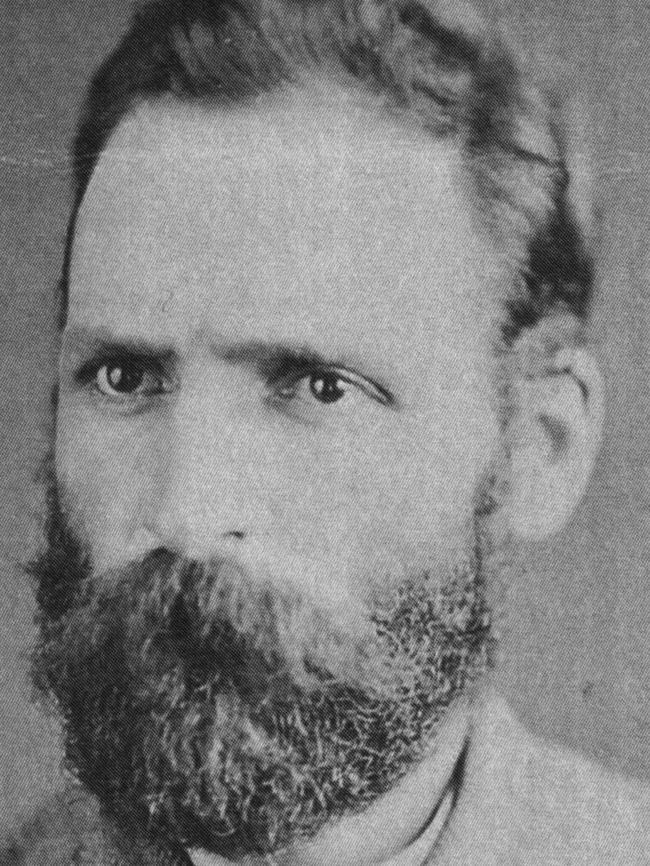
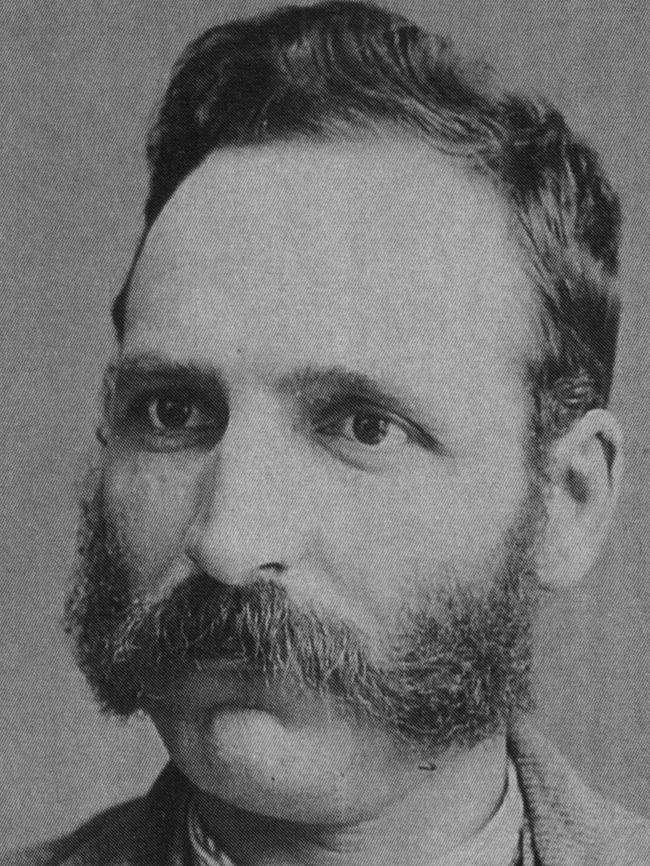
Skidmore had previous convictions for stealing, riotous behaviour, larceny and burglary, had also been jailed several times and been most recently released from prison in September 1901 after serving seven years for burglary.
On the night of July 19, 1902, Shaw and Skidmore were trying to pass counterfeit coins to unsuspecting shopkeepers at Redfern when one victim noticed the coin was fake and told a passing police officer – Senior-Constable Denis Guilfoyle – who alerted a colleague – Constable Michael Maher.
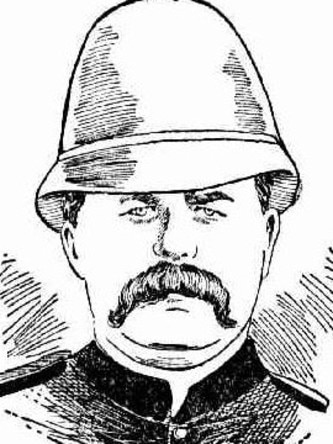
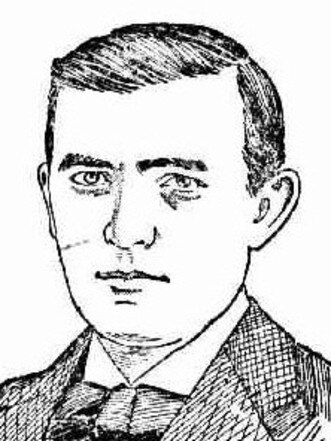
The two officers confronted Shaw and Skidmore a few streets away but were caught off-guard when Shaw and Skidmore drew their revolvers and shot the officers.
Maher’s wound was minor but Guilfoyle’s wounds were fatal – he died within minutes.
A massive manhunt was immediately launched and police quickly identified Shaw and Skidmore as the assailants – with Shaw identified as the man who had fatally shot Guilfoyle – as well as the fact the criminals had been living at Fairlight for three months.

The duo had left the Fairlight house on July 11 – eight days before the shootings – but locals told the police they had often heard the two practising shooting.
The police found the Fairlight house’s doors, walls, ceilings, chimneys, windows and fences peppered with bullet holes.
In a house in the city that the pair had been using, the police found a coining plant, crucibles and metals for making fake coins.
Despite the massive manhunt and a £200 reward for their capture, the police were unable to find Shaw or Skidmore but within a week the enormity of the tragedy doubled.
The police had received reports that two men resembling Shaw and Skidmore were camping in a paddock near Queanbeyan and, together with several civilians, they raided the campsite in the early hours of July 25.
In the confusion, a shotgun belonging to one of the civilians was discharged, killing one of the two campers.
But the dead man was not Shaw or Skidmore – he was a travelling chair-mender named Joseph Heaps and was innocent of any crime.
The Coroner returned an open verdict into the death of Joseph Heaps and no action was taken against the civilian who accidentally shot him.
In the meantime, the hunt for Shaw and Skidmore continued but without success.
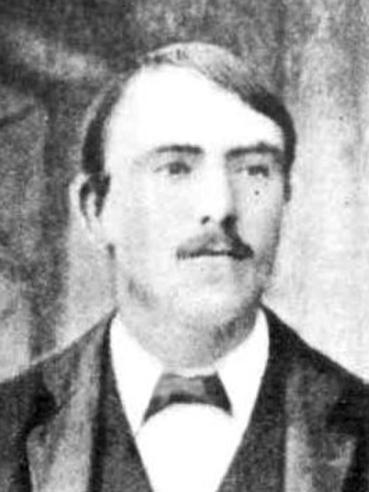

Then, on October 12, the hunt for Shaw ended in two more deaths – of Shaw and of another police officer.
About 11am on that day, Constable Richard Johnston was off duty at his home in the Melbourne suburb of Elwood when a neighbour told him that a man had tried to abduct her eight-year-old daughter.
Constable Johnston set off on his bicycle and found the man a short distance away but as he approached him, the man drew a revolver and shot the officer, who died soon after.
The gunman was soon confronted by other police officers, at which point he stabbed himself in the neck and then shot himself in the head.
His wounds proved fatal.
It took several days to prove the dead gunman in Melbourne was George Shaw, including testimony from the woman who had been employed by Shaw and Skidmore to clean their rented house at Fairlight and by Manly Senior-Sergeant Clarke and another resident of the area, who identified a wax cast of the dead man’s distinctive nose.
But while Shaw was now dead, no trace of Skidmore was never found and it was postulated that Shaw had killed Skidmore at some point to get him out of the way so as to aid his own escape.
